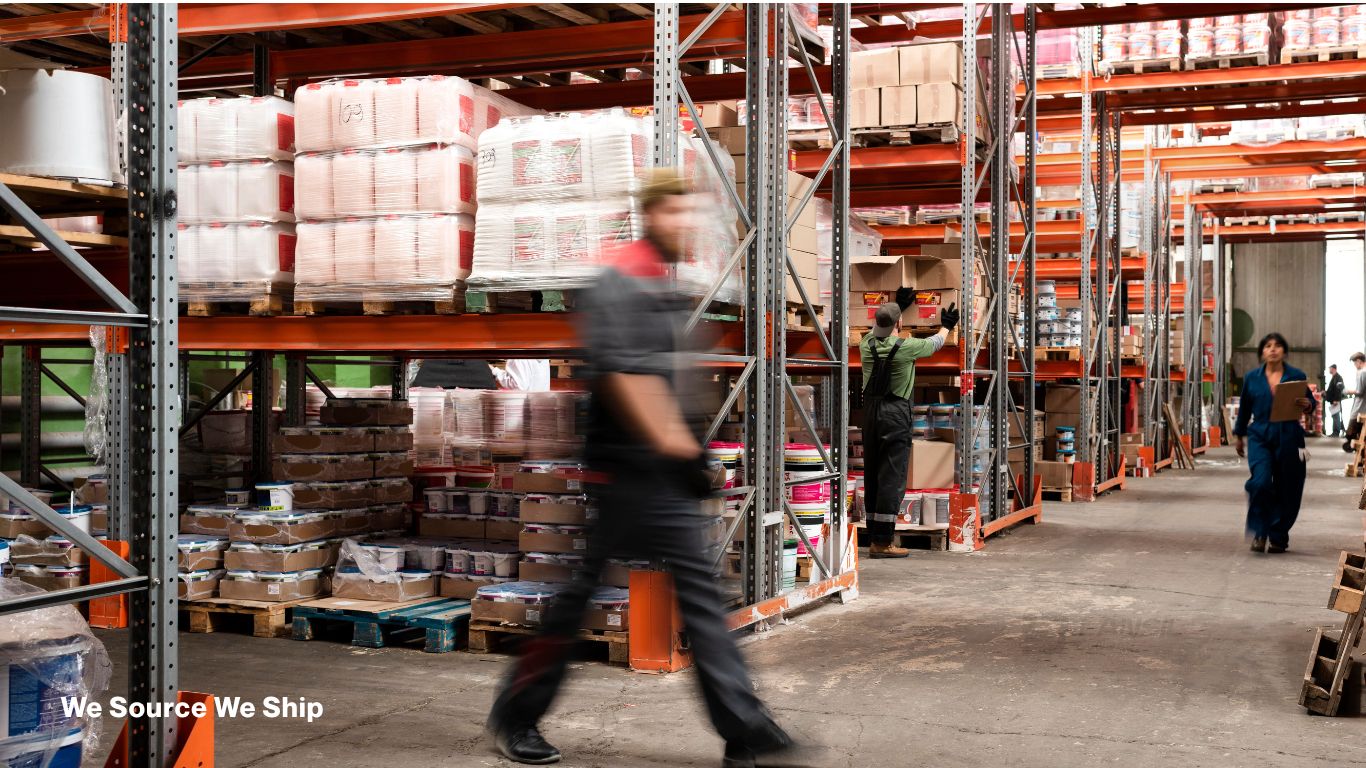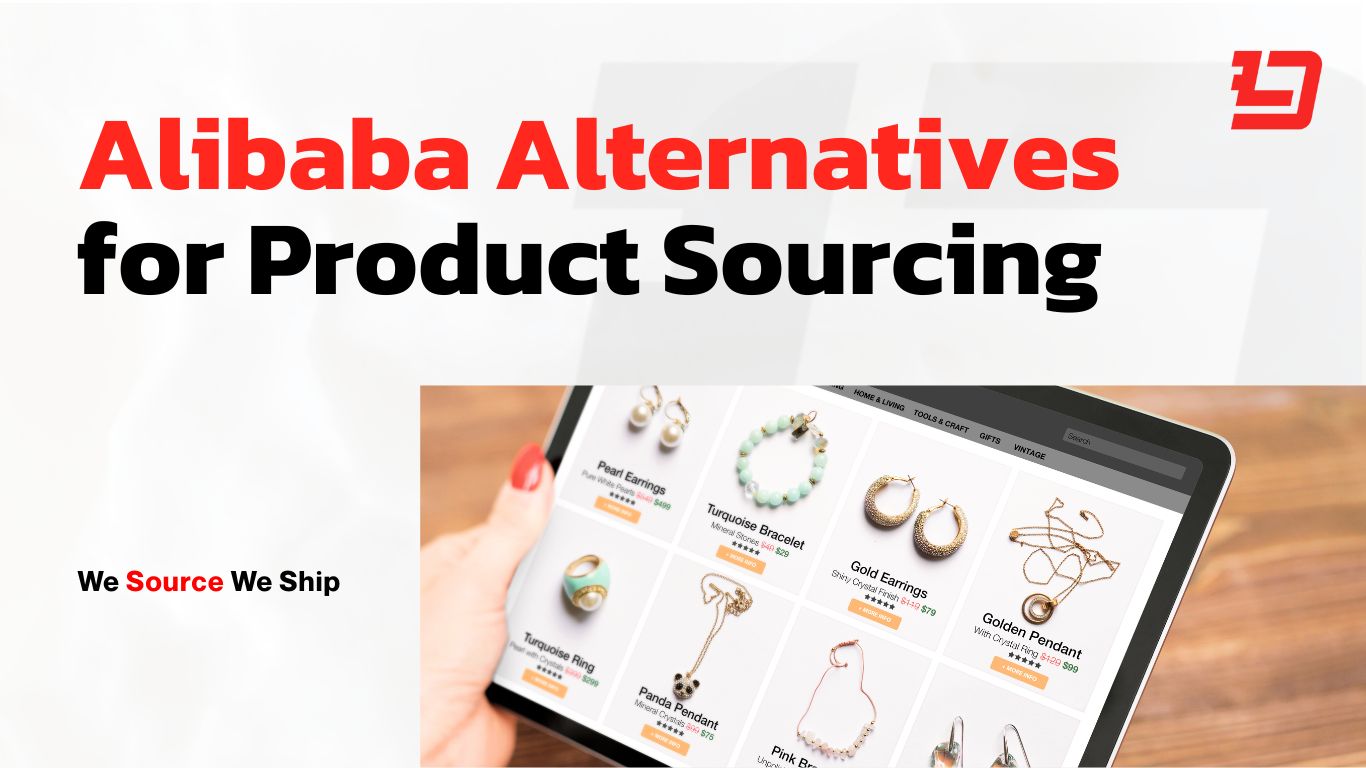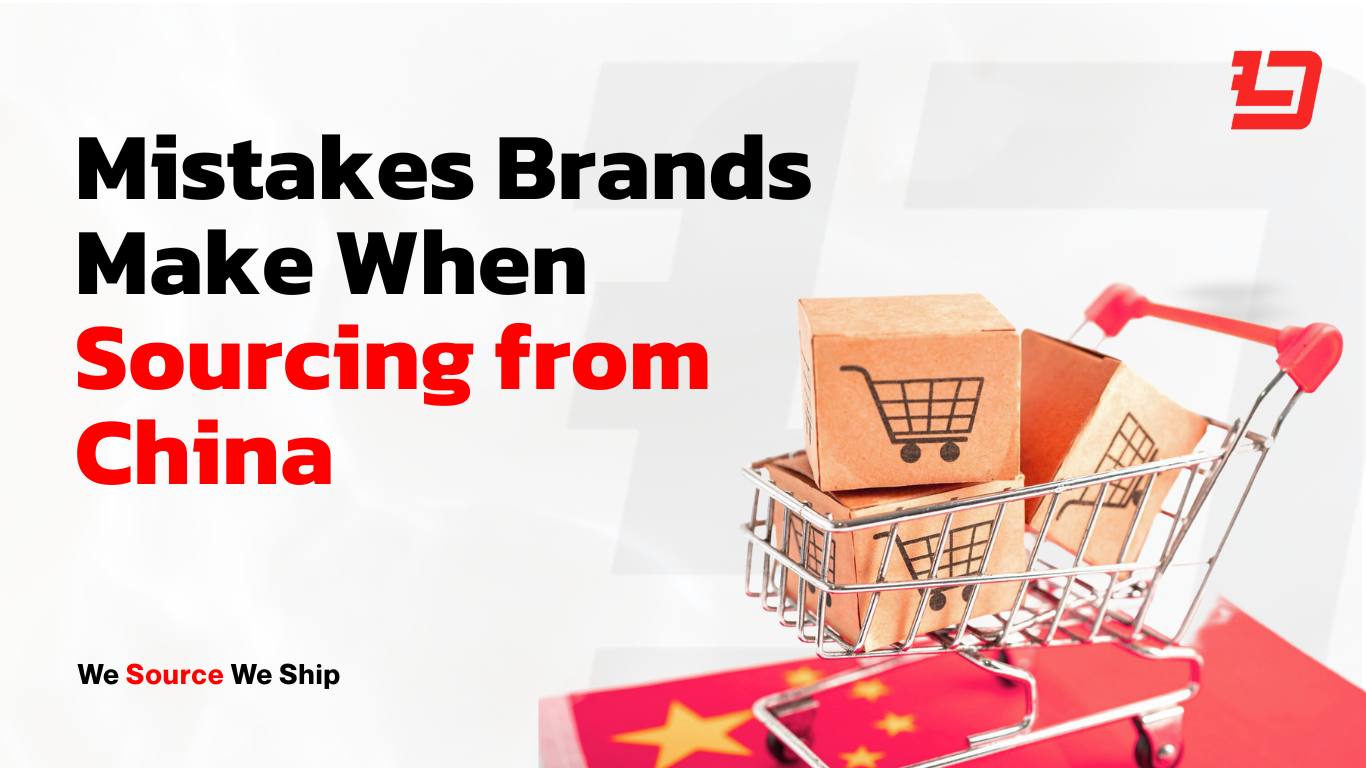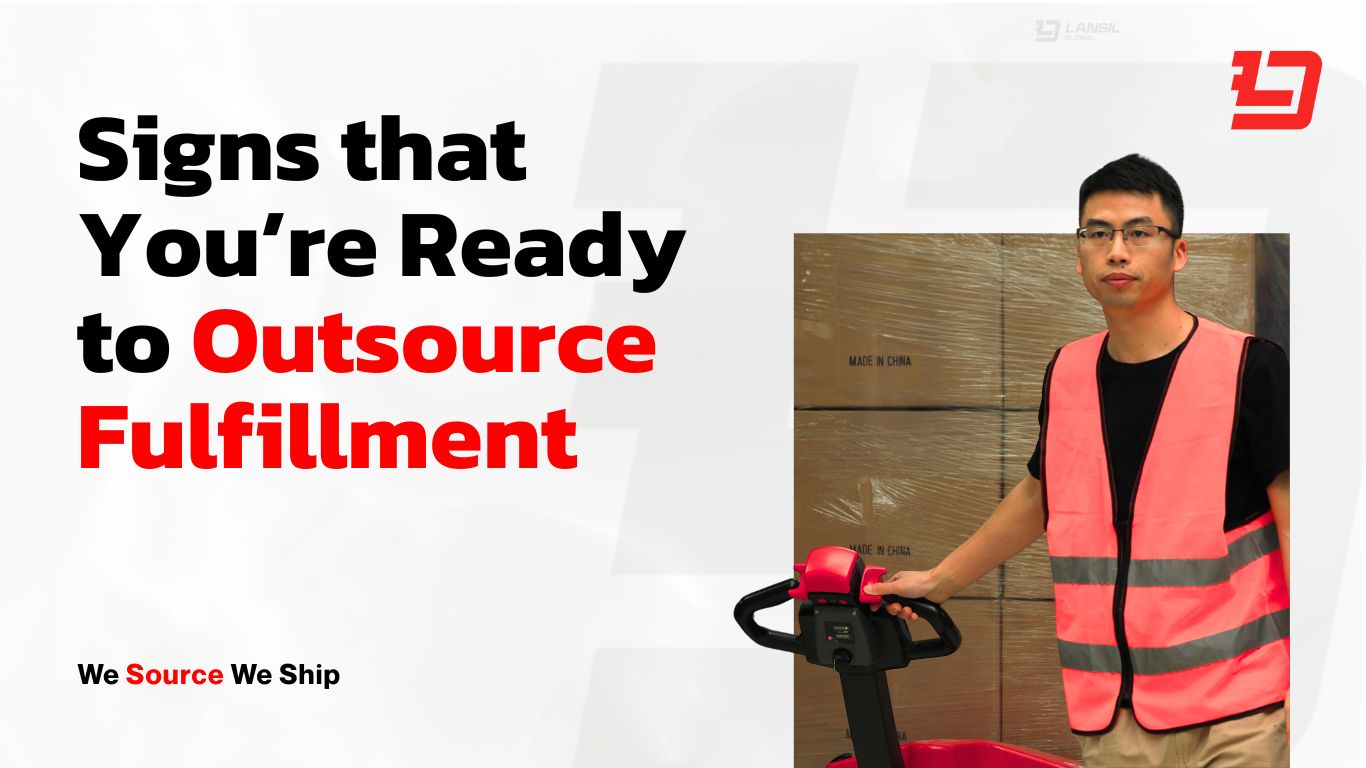Holiday sales are booming and the pressure on your order fulfillment system is real. According to Adobe, U.S. online holiday-sales hit $241.4 billion from November 1 to December 31 2024, up 8.7% year-over-year. And according to Salesforce, U.S. online holiday sales reached $282 billion in 2024, a 4% increase over the prior year.
With higher volumes and rising customer expectations, even small inefficiencies in your order fulfillment process can cause big losses. This checklist helps you prepare your operations, warehouses, and 3PL partners for a smooth and profitable holiday season.
To make sure your brand doesn’t get buried under backlogs or lost shipments, we created this Holiday Fulfillment Checklist for ecommerce owners. It covers everything from inventory prep and warehouse coordination to returns and post-holiday planning.
If you’re still learning how fulfillment systems work, check out our guide: 3PL for Ecommerce: What It Is, How It Works, and When to Use It.
1. Forecast Demand and Prepare Early
The best way to handle holiday rush is to predict it. Review last year’s sales, ad performance, and promotions to forecast your upcoming demand. Include factors like new SKUs, influencer launches, and platform expansions.
Why this matters
- Helps your fulfillment center plan space and staff ahead of time
- Prevents last-minute packaging or inventory shortages
- Allows 3PL companies to allocate resources efficiently
A 2025 fulfillment trends report found that 80% of ecommerce brands saw year-over-year order growth heading into the holidays.
Sample Forecast Table
| Product | 2024 Units Sold | Forecasted Growth (+20%) | Buffer Stock (10%) | Total Units Needed |
|---|---|---|---|---|
| Product A | 5,000 | 6,000 | 600 | 6,600 |
| Product B | 3,200 | 3,840 | 384 | 4,224 |
| Product C | 7,500 | 9,000 | 900 | 9,900 |
Order early, especially packaging, inserts, and labels. Running out mid-season costs more than overstocking slightly.
2. Audit Your Fulfillment Process
Before holiday orders roll in, check your systems and workflows for weak points.
Ask yourself:
- Are product SKUs labeled and scannable?
- Does your system sync with your ecommerce platform in real time?
- Is packaging consistent and protective for long-distance shipping?
- Are return and exchange procedures clear to customers?
Brands that performed fulfillment audits before Q4 reported significantly fewer disruptions in 2024.
3. Stock Strategically Across Warehouses
Store inventory closer to your main customers. Split stock between different fulfillment centers based on regional demand to shorten delivery times and reduce shipping costs.
Example:
If 60% of your orders come from the East Coast, stock more inventory in a Pennsylvania warehouse. If the West Coast drives higher sales, allocate more to Nevada.
A strategic warehousing plan keeps your operations flexible and avoids costly cross-country shipping.
4. Optimize Packaging and Inserts
Packaging plays a bigger role than most realize. It impacts both fulfillment speed and customer perception.
Best practices:
- Use uniform box sizes for high-volume SKUs to simplify packing
- Pre-package top sellers to handle spikes faster
- Include thank-you cards or discounts to drive repeat purchases
- Use barcodes and scannable labels for accuracy
Personalized packaging improves reorder likelihood by 35% within 60 days.
5. Strengthen Your Shipping Plan
Shipping reliability defines your holiday reputation. Plan routes, carriers, and timing ahead of peak season.
Shipping Plan Guide
| Route | Average Transit Time | Best Use | Key Notes |
|---|---|---|---|
| Air Express | 5–10 days | Product launches, urgent restocks | Faster but higher cost |
| Ocean Freight | 20–45 days | Bulk restocks before peak | Lower cost, longer lead time |
| Domestic Ground | 2–4 days | Regular regional deliveries | Predictable and budget-friendly |
Book carrier slots early, and confirm pickup schedules before the season starts.
6. Set Clear Cutoff Dates for Orders
Avoid chaos by setting holiday order deadlines. Use real carrier data and your fulfillment team’s capacity to set realistic expectations.
Example cutoff plan:
- Standard Shipping: Order by Dec 10
- Express Shipping: Order by Dec 18
Post these deadlines on your website, email campaigns, and checkout pages to reduce late-order complaints.
7. Simplify Returns and Customer Service
Holiday returns can flood your system. Prepare clear policies and automate where possible.
Tips:
- Offer prepaid return labels or QR-based returns
- Process returns fast to restock inventory and recover value
- Use a warehouse for ecommerce that can inspect and repack returned goods quickly
92% of shoppers would buy again if their return experience was easy .
8. Coordinate with Your 3PL Partner
If you work with a 3PL company, sync early on operations and marketing timelines.
Coordinate:
- Sales calendar and promotions
- Stock levels and reorder triggers
- Daily order dispatch capacity
- Customer service SLAs
Strong communication avoids slowdowns during the busiest period and ensures your direct fulfillment solutions run smoothly from cart to delivery.
9. Streamline Fulfillment with Real-Time Inventory Tracking
During the holiday rush, inventory tracking is crucial for keeping your orders accurate and deliveries timely. Managing inventory in real-time across your fulfillment centers ensures you’re always in the loop and can make swift adjustments as needed.
Key Strategies:
- Connect to Real-Time Inventory: Ensure your system is fully integrated with your fulfillment provider’s platform to keep track of stock levels at all times. This reduces the risk of overselling and missed sales opportunities.
- Track Best-Sellers Separately: Create separate logs for your high-demand products. Knowing exactly how much of your best-sellers you have on hand means you can restock or reallocate inventory from other locations quickly.
- Incorporate Buffer Stock: Always keep a small stock buffer in case of unexpected spikes in demand. This can be especially important for seasonal or popular items.
63% of retailers struggled with real-time inventory visibility during the holidays, which caused fulfillment delays and order cancellations.
10. Conduct a Post-Holiday Review
Once the rush is over, take time to analyze your performance. Review what worked and what didn’t.
Post-season tasks:
- Audit stock levels and leftover inventory
- Check where delays or errors occurred
- Review carrier performance and delivery accuracy
- Update your forecast for the next sales cycle
This review helps your brand build resilience and operate more efficiently every year.
With the holiday peak season fast approaching, Lansil Global offers a connected 3PL network spanning both China and the U.S., so ecommerce brands can manage global and U.S. fulfillment with a single, streamlined plan. Our Shenzhen warehouse handles inspection, labeling, packaging, and shipping to over 170 countries, ensuring that your products reach customers quickly and efficiently. Products are shipped with DDP terms, simplifying customs and guaranteeing consistent, high-quality packaging.
In the U.S., Lansil Global operates warehouses in Nevada and Pennsylvania, offering 2–4 day shipping across the country. This dual-coast setup reduces shipping time and costs. Many brands take advantage of Lansil Global’s hybrid model, keeping bulk stock in China and fast-selling items in the U.S. to optimize costs and delivery speed. This approach helps prevent stockouts, supports growth, and ensures efficient, hassle-free fulfillment during the busiest season of the year.








